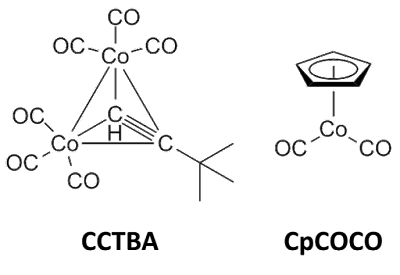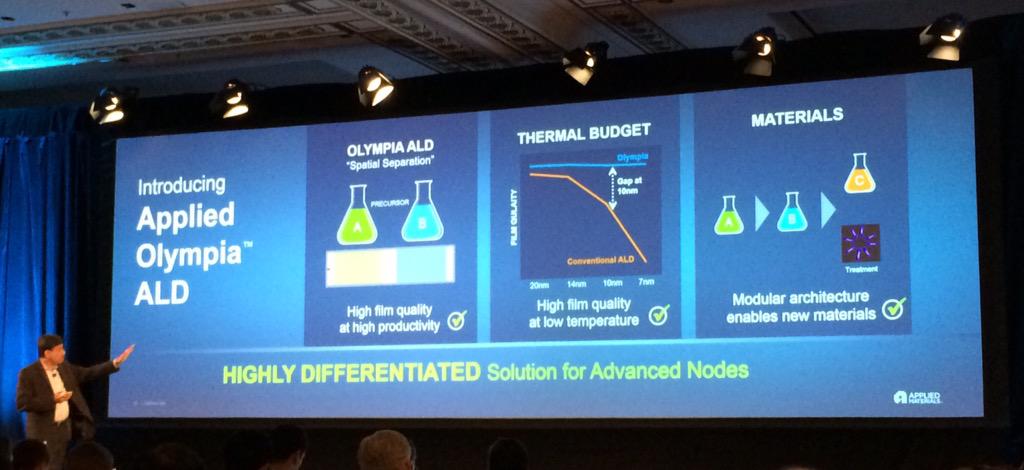Cobalt is one of the most important metals for leading edge BEOL Copper interconnects used for the processor chips in Smartphones, Tablets, PCs and Servers.
In a modern highly scaled copper interconnect there are numerous opportunities for electromigration (EM) failure in
the narrow copper lines, starting at line edges, at contact and via
interfaces, and at CMP damaged surfaces. In addition, since grain growth
is retarded in the smaller lines grain boundaries are becoming an
increasingly significant electromigration failure mode. The focus is on
very thin barriers that also act to inhibit EM at surfaces as well as
alloy additions that can improve grain boundary EM. Of course, there
are always tradeoffs, e.g. alloying the copper with something like Mn
improves EM, but results in higher RS. Co as barrier and cap may also
improve EM. Introduction of a Co liner and selective cobalt capping
layer has demonstrated improved copper gap fill and an
order-of-magnitude reduction in electromigration. [TECHCET ALD/CVD Metal precursor report]
More
details on the introduction of Co for Cu BEOL can be found in this
article by Applied Materials published in Semicondtuctor Engineering [LINK].
According to news released by Umicore: Umicore is the first company in the world to have introduced a
Sustainable Procurement Framework for Cobalt and is the first to obtain
external validation for its ethical procurement approach in this area.
It aims to minimize the risk of any connection between the cobalt in its
supply chain – and subsequently that of its customers – and human
rights abuses or unethical business practices. The framework builds on the specific approach to sustainable and
ethical cobalt sourcing that Umicore introduced in 2004. Since then it
has evolved to address specific risks linked to unethical mining
practices, such as child labour and poor health and safety conditions.
For CVD/ALD Umicore is offering two of the most used cobalt precursors within the
Sustainable Procurement Framework for Cobalt :
CCTBA : Hexacarbonyl(3,3-dimethyl-1-butyne)dicobalt [LINK]
CPCOCO : Dicarbonylcyclopentadienylcobalt(I), Co(CO)2Cp [LINK]
Why is a Sustainable Procurement Framework for Cobalt important?
Cobalt
is classified as a so called conflict resource and these are natural
resources extracted in a conflict zone and sold to perpetuate the
fighting. In the case of Cobalt that is the ever ongoing conflict in
Congo.
According to USGS 2016 Cobalt fact sheet
the total identified world terrestrial cobalt resources are about 25
million tons. The vast majority of these resources are in sediment
hosted stratiform copper deposits in Congo (Kinshasa) and Zambia ; nickel-bearing laterite deposits in Australia and nearby island countries and Cuba; and magmatic nickel-copper sulfide deposits hosted in mafic and ultramafic rocks in Australia, Canada, Russia, and the United States.
Besides the the Semiconductor industry and According to USGS : Cobalt is a metal used in numerous diverse commercial, industrial,
and military applications, many of which are strategic and critical. On
a global basis, the leading use of cobalt is in rechargeable battery
electrodes. Superalloys, which are used to make parts for gas turbine
engines, are another major use for cobalt. Cobalt is also used to make
airbags in automobiles; catalysts for the petroleum and chemical
industries; cemented carbides (also called hardmetals) and diamond
tools; corrosion- and wear-resistant alloys; drying agents for paints,
varnishes, and inks; dyes and pigments; ground coats for porcelain
enamels; high-speed steels; magnetic recording media; magnets; and
steel-belted radial tires.



%20(1).png)









